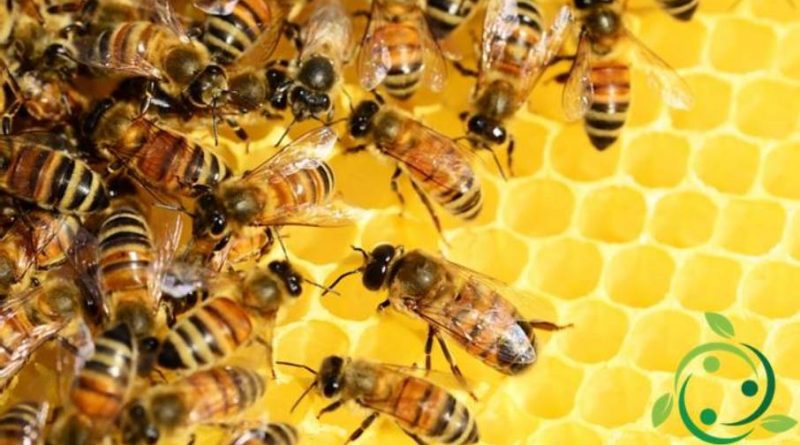How to breed bees
How to breed bees
The breeding of bees is not only for the production of honey and other apiculture products but also to assist agricultural productions that benefit greatly from this insect’s pollination activity. Beekeeping is an activity that requires a lot of experience and therefore can not be improvised; for this reason, here we will give you the main inputs for how to breed bees but you will need the assistance of an expert beekeeper who will follow you in the early stages of this activity. The bee is an insect hymenoptera of the genus Apis, distinguished in four different species: the Apis florea, the Apis dorsata, the Apis cerana (originating all three of Asia) and the Apis mellifera that lives in Europe, Africa, Near East, America, Australia and New Zealand. To these are added mestizo races that have particular geographical distributions. In the specific of our guide we try to know a little better some social races that have to find adaptation preferably in their natural range:
The black bee (scientifically called Apis mellifera, was classified by Linnaeus in 1758): it comes from the northern parts of Europe and then spread from France, Germany, England and Poland to even reach European Russia.
The Italian yellow bee (scientific name Apis mellifera ligustica, was classified by Massimiliano Spinola in 1806): it is found mainly in all the Italian territories.
The Sicilian bee (Apis mellifera sicula Montagano, 1911) is a subspecies of the common bee whose natural distribution area is the province of Trapani, in Sicily. It has an island origin like other subspecies, such as Apis mellifera ruttneri (Malta), Apis mellifera adamii (Crete), Apis mellifera cypria (Cyprus).
The Carnic Bee (also called Apis mellifera carnica, identified in the classification of the scholar August Pollmann in 1879) is indigenous to Slovenia and the areas of Austria.
The Caucasian bee with the long trumpet (also called Apis mellifera caucasica, was classified by Pollmann in the distant 1889) can be found especially in the Caucasus and in the region of Georgia.
It is advisable, before even thinking about the methods of breeding, to have a laboratory that is up to standard, for an initial investment of about five thousand euros in all. In this place you will have to create your own products and the building will have to comply with all the hygiene and legislative rules for the processing and processing of foodstuffs. At this point you must buy the hives, choosing good material, and protective clothing including a mask with the purpose of protecting the face from the bees, when you extract the honey. These must be of a light color, never dark and on the market they are of such an invoice.
Under the guidance of an expert (even in bureaucratic terms) the first thing to do is to buy bees and prepare a fairly large area, in which to prepare the hives. In fact, initially, to start the business, you will need a good number of bees. To start, about 2 or 3 families of bees will be enough to settle in as many beehives. The hive is a container with the shape of a wooden parallelepiped, in which the insect family develops and reproduces over time. When the apiary is inhabited by the bees, it is called a beehive.
Indicatively within a beehive we find:
1 queen (female) who has the task of laying eggs;
fuchi (male) who are deputies for reproduction;
000 adult bees (female) sent out to collect nectar, water, propolis and pollen;
000 young (female) bees who work in the hive and have different tasks
000 larvae that must be fed;
000 eggs that will become larvae;
000 larvae that are turning into an adult bee.
From their careful and incessable activity is produced honey and other products such as: propolis, waxes, etc ..
Last but certainly not least, you had to relate your breeding to the type of honey you want to produce. Here, you can preliminarily understand depending on where you place the hives if you have honey millefiori or monoflora. For this last case the area should be studied for at least a few kilometers and understand which are the prevailing crops and understand if this is possible. This is because every type of honey has very different food, organoleptic and therapeutic characteristics.

